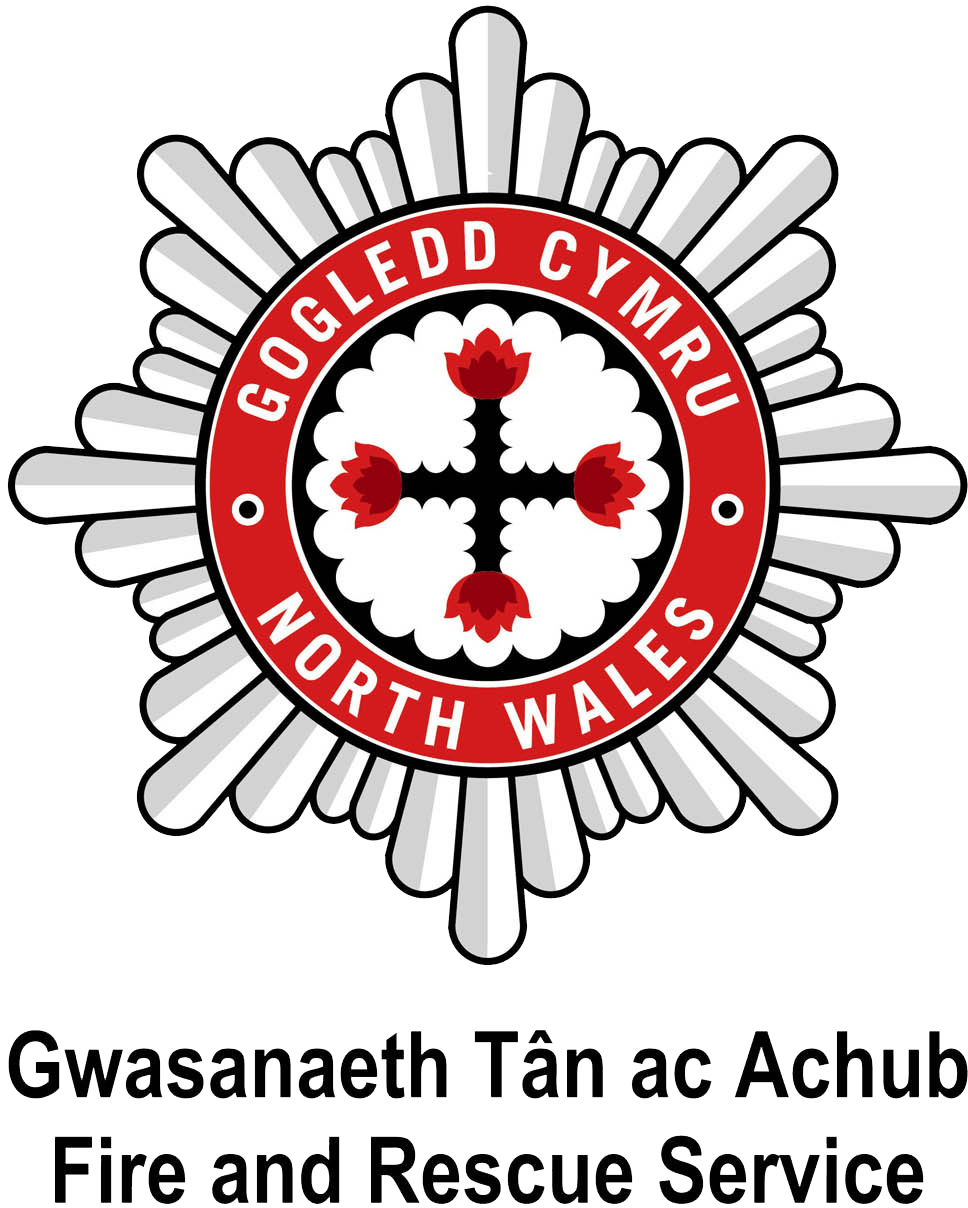LGBT+ History month
Four people whose lives embody ‘Body, Mind and Spirit’
Lilly Parr (26th April 1905 – 24th May 1978)
A local newspaper wrote of Lilly Parr: "There is probably no greater football prodigy in the whole country. Not only has she speed and excellent ball control, but her admirable physique enables her to brush off challenges from defenders who tackle her” Lily played against both male and female teams and she reputedly had a harder shot than any male player.
Lily played international football and completed tours of France and the United States, where she was hailed as “the most brilliant female player in the world.” by the press. Despite the FA banning women’s teams from playing on affiliated pitches until 1969, Lily carried on playing football for 32 years, scoring over 980 goals throughout her career.
Lily trained as a nurse, whilst working at the Hospital, Lily met her partner Mary, and together they bought a house in Preston. Although it was socially unacceptable to be a lesbian at the time and many lesbian couples went to great lengths to conceal their relationships, Lily and Mary refused to hide. Lily is therefore celebrated as an LGBT+ icon as well as a footballing one. Lilly was the first woman to feature in the National Football Museum’s Hall of Fame in 2002 and in 2019 a life-size statue of her was erected outside the museum.
Mark Ashton (19th May 1960 –11th February 1987)
Mark was born into a working-class family in Oldham, Lancashire When Mark was an infant the family moved to Portrush, Northern Ireland. Throughout his youth there were armed British soldiers and armoured vehicles on the streets. Everywhere there were political slogans and murals on walls and pavements. Despite the tensions and tragedies of the conflict an 'alternative' youth culture was emerging and amongst Mark's friends were young musicians who formed the (now legendary) group 'The Undertones' whose biggest hit was 'Teenage Kicks'.
He met his best friend Monty at catering college in 1976. The two of them soon discovered they were gay. By 1981 they had both moved to London loving the hustle, bustle, music, fashion, dancing and clubs. In 1982 Mark holidayed with his family now living in Bangladesh. There for three months, the experience of witnessing sick, homeless children begging changed how he looked at life. He started taking a more serious look at what was going on around him.
Returning to London he volunteered for Gay Switchboard (a 24/7 support service for LGBT+ people). He also joined the Young Communist League. He threw himself into activism, learning, reading and going to meetings.
It was around this time that Mark met Jimmy Somerville. As Mark's energies poured into his work with the Communist Party, Jimmy's went into forming the band 'Bronski Beat' but all that hard work needed a release and they would often go out for a night on the town.
Around this time alarming stories were coming over from New York and San Francisco about a new illness, the gay scene heard about it months before it became acknowledged by the media.
In 1984 the government provoked the Miners' Strike which in turn lead Mark to form LGSM - Lesbians and Gays Support the Miners - depicted in Stephen Beresford's award-winning Film 'Pride' (Pathé 2014). Sadly within three years Mark was lost to HIV/AIDS. It was very sudden. He was diagnosed in Guy's Hospital with PCP and died just days later.
There were hundreds at his funeral, mainly people in their twenties, and mining families who came from South Wales.
Mark was Mind, Body, Spirit rolled into one. He changed the world
Maya’ Angelou (4th April 1928 – 28th May 2014)
At the aged of eight, her father sent her to her mother, whose boyfriend abused her, shock made her mute for almost five years, but she developed a prolific memory and a love of literature.
It was a beloved teacher who coaxed her to find her voice again. Maya’s varied life is a perfect example of how a person can overcome personal and institutional adversity to discover their skills and succeed in life: “I would like to be known as an intelligent woman, a courageous woman, a loving woman a woman who teaches by being." She certainly achieved that.
The author of over thirty books and recipient of over fifty honorary degrees, she had many careers before becoming a writer, all before the age of 40. She is best known for her 1969 memoir, I Know Why the Caged Bird Sings, the first non-fiction bestseller by an African-American woman.
Maya achieved many firsts; the first black female cable car conductor, Hollywood’s first female black director, and the first black woman to read her own poetry at a presidential inauguration - Bill Clinton’s in 1993. Americans watched enthralled as she recited “On the Pulse of Morning,” which begins “A Rock, a River, a Tree” and calls for peace, racial and religious harmony, and social justice for people of different origins, incomes, genders, and sexual orientations. It won a Grammy. I Know Why the Caged Bird Sings is the first of six autobiographies.
Given the importance of the Black Lives Matter movement it seems appropriate to feature a writer who has clearly dealt with and challenged both racism and homophobia. Her work has inspired so many writers and celebrities including Oprah Winfrey and President Barack Obama, who presented her with the Presidential Medal of Freedom, the highest civilian Honour in the U.S. in 2011.
Michael Dillon (1st May 1915 – 15th May 1952)
Michael was the second child of an Irish baronet. Assigned female at birth, he took an early interest in masculinity. At Oxford University he became President of the Women’s Boat Club and was already presenting in a masculine fashion.
After graduation, Dillon worked in Bristol. A local GP was experimenting with a new drug, testosterone, it had unfortunate side-effects for women patients. He wrote up the results of the trial for The Lancet. Reading the result Dillon thought those side-effects were just what he needed. The GP was initially happy to help, but he asked Dillon to see a psychiatrist. This did not go well. The psychiatrist advised the GP not to help Dillon. However he gave Dillon a supply of testosterone but declined to continue treatment further.
The testosterone began to change his body and in 1942 Dillon collapsed in the street and was taken to the Bristol Royal Infirmary. There he met a doctor who agreed to perform surgery to further his transition. Dillon was also able to obtain a letter explaining that his sex had been incorrectly recorded at birth. This allowed him to change his legal name and gender. Now able to live freely as a man, he enrolled in a local college to study medicine.
Dillon was introduced to the leading plastic surgeon, Sir Harold Gillies. He spent his free time working at Gillies’ hospital in Basingstoke. In return, Gillies experimented with surgery to give Dillon the changes he wanted. Thirteen operations later, Dillon had the body he wanted.
Dillon qualified as a doctor through Trinity College, Dublin he wrote a book Self: A Study in Ethics and Endocrinology, which even today is leading edge in its patient-centred approach to trans medicine.
Dillon eventually headed to India to explore his interest in Buddhism. The Buddhist leaders were reluctant to accept Dillon as they normally only admitted men. However, with patience and devotion he finally became the first Western European to be ordained as a Buddhist monk. Unfortunately, India did not agree with Dillon. He became sick and died in 1962. A champion rower with two degrees, and an ordained monk, Michael Dillon encapsulated mind, body and spirit.

